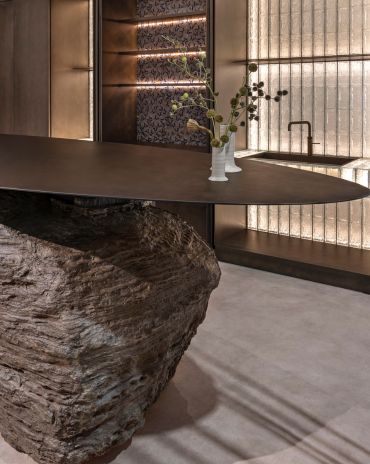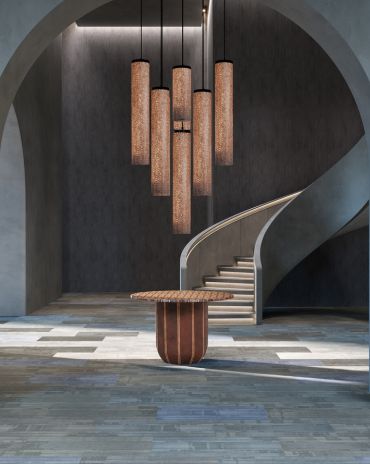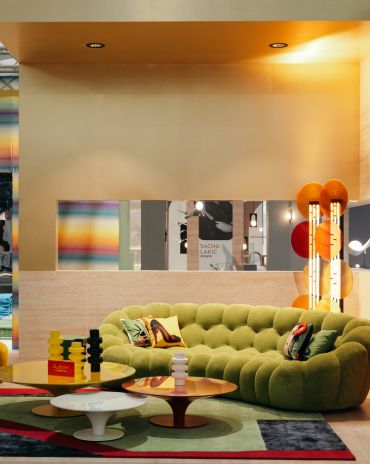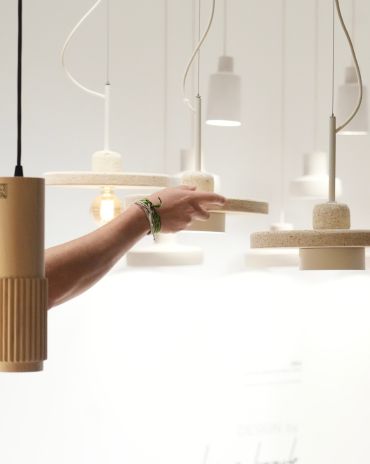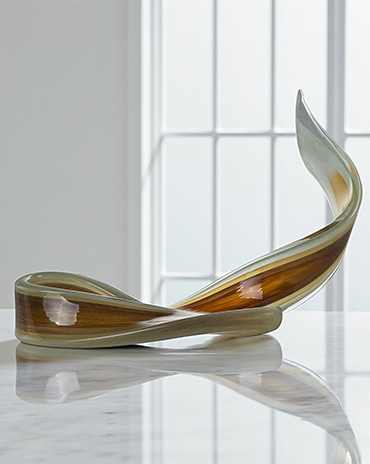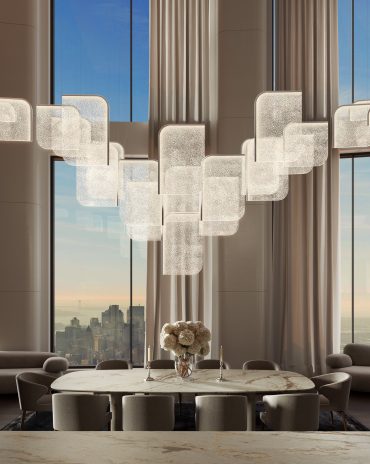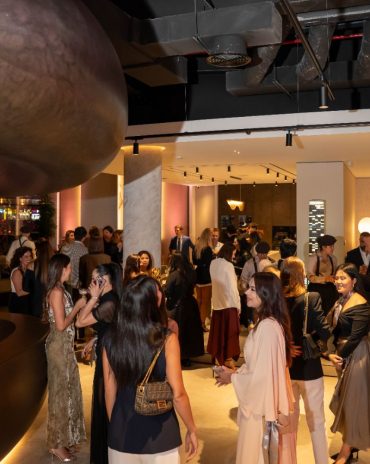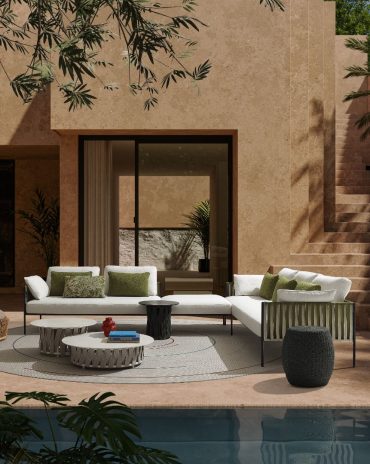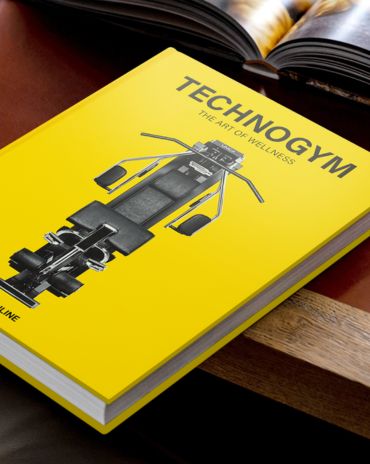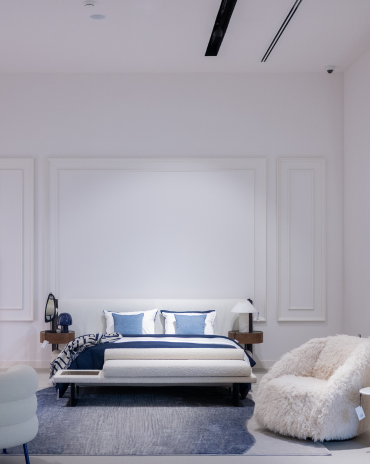Copyright © 2025 Motivate Media Group. All rights reserved.
Rooted in Heritage – Maana
Founded by childhood friends Irene Chang and Hana Tsukamoto, Maana elevates local living experiences through authenticity and craftmanship
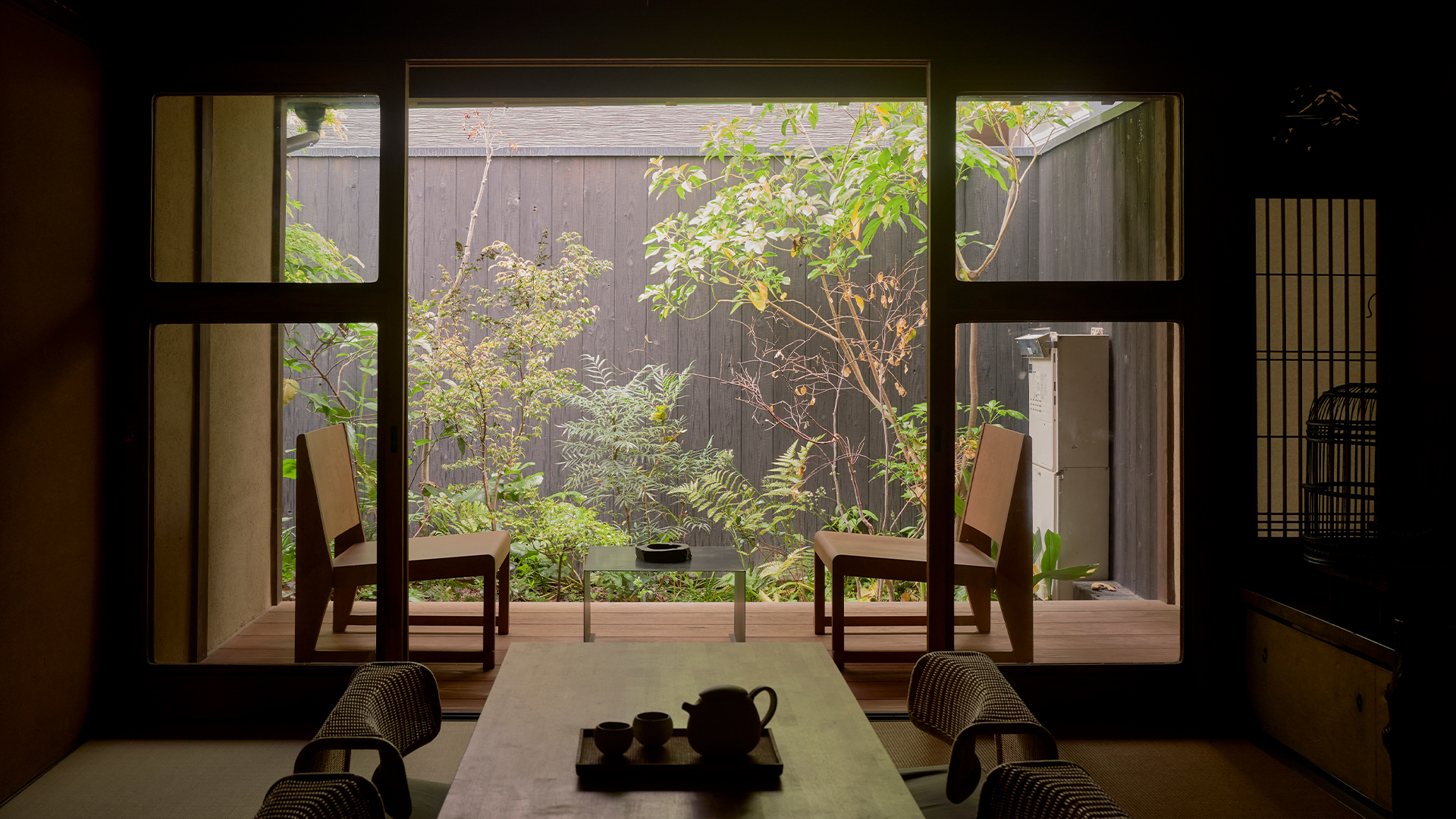
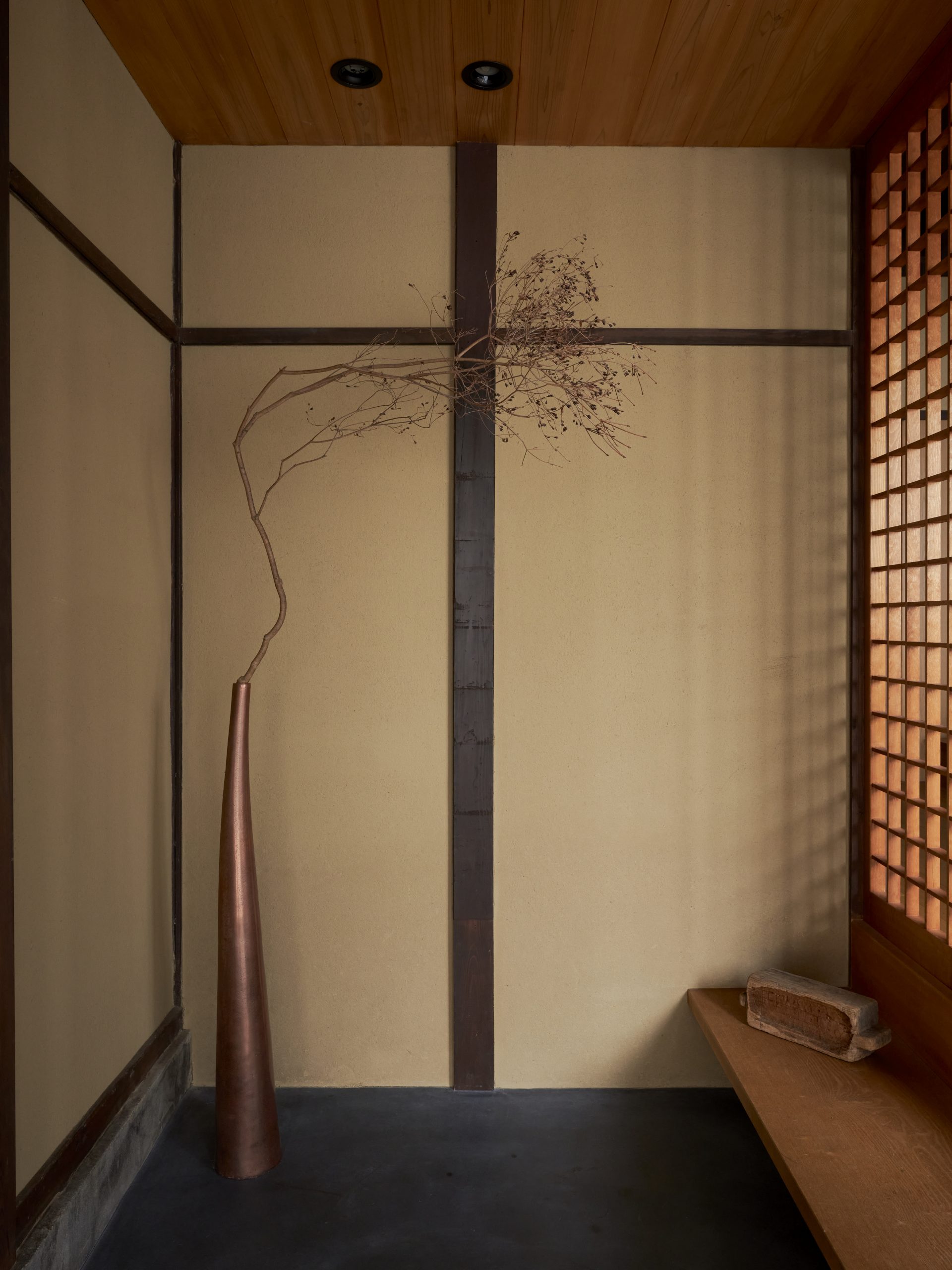
The design philosophy behind Maana focuses on stripping away the unnecessary to let the essential speak
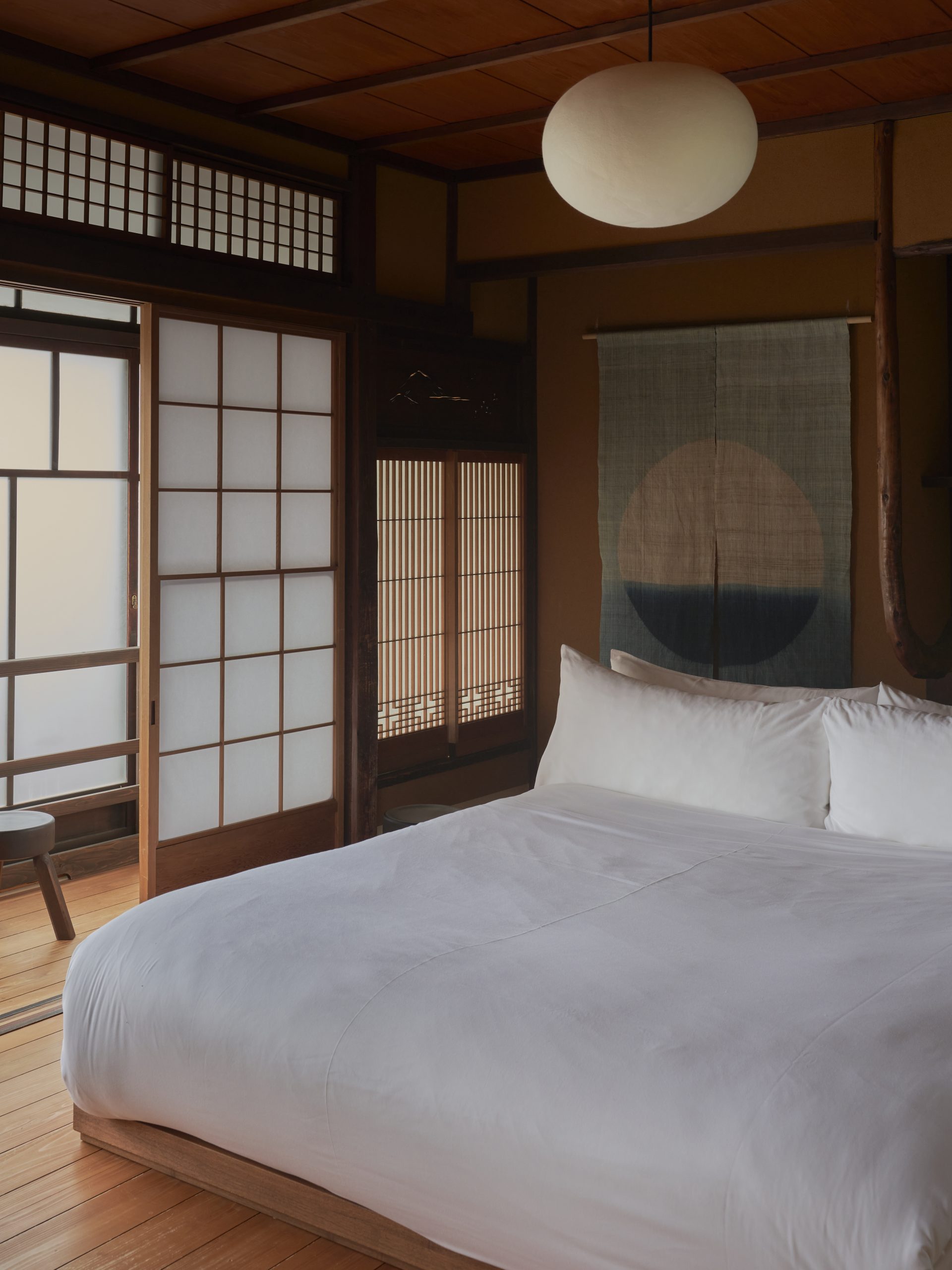
The original wood and earth walls, shoji screens and tatami flooring remain intact
Minimalist yet rich in heritage, Maana is a carefully curated collection of three 100-year-old machiyas – Kyoto, Kamo and Kiyomizu – offering an authentic experience of traditional Japan in the tranquil southern neighbourhoods of Kyoto. Conceived by childhood friends Hana Tsukamoto and Irene Chang, the idea for Maana emerged from their shared longing to create spaces that would connect travellers to the cultural essence of a place. “One night, while travelling together, we felt that most hotels were cold and disconnected,” says Chang. “We wanted to create a collection of homestays that would offer the authenticity of local living with the high standards of a brand experience.”
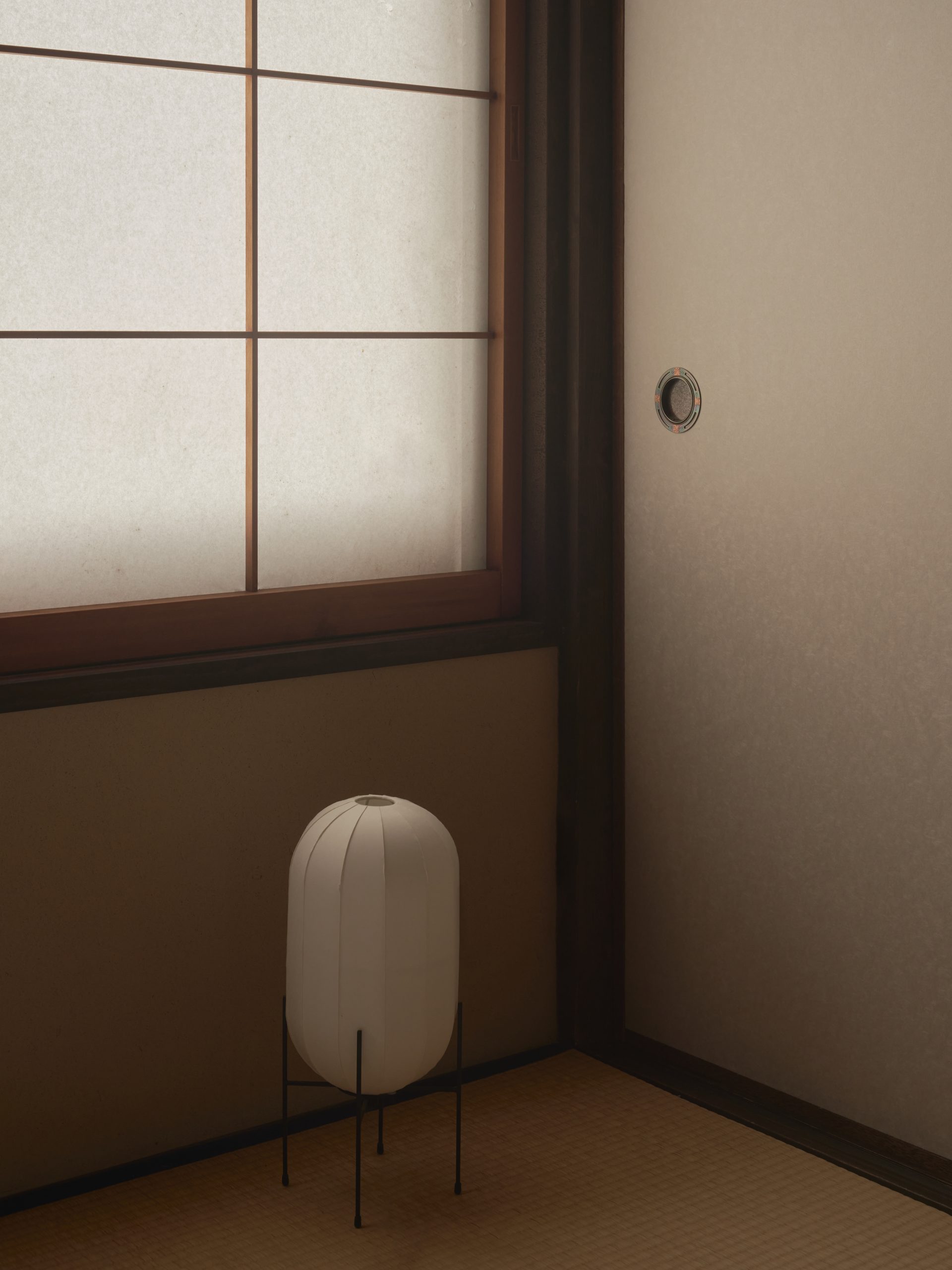
The duo worked with local artists to display works that honour the same values of preserving vernacular identity of the homes
The design philosophy behind Maana focuses on stripping away the unnecessary to let the essential speak. Tsukamoto explains: “The machiyas represent an era where craftsmanship, natural materials and quality were prioritised over modern efficiency. Our goal was to preserve that authenticity.” The original wood and earth walls, shoji screens and tatami flooring remain intact, and each home showcases traditional features like original ceilings and custom low wood tables. “We worked closely with local artisans to ensure that every detail, from the bamboo screens to the door handles, remained true to the home’s roots,” adds Tsukamoto. One of the standout features is the restored tokonoma, a traditional alcove that reflects the host’s artistic sensibility. “We’ve collaborated with local artists to display works that honour the same values of preserving vernacular identity,” says Chang. In addition, custom pieces like the freestanding bathtub in Kiyomizu, created in collaboration with Shigaraki ceramic artisans, blend traditional craftsmanship with modern needs. “It was the first time Shigaraki artisans had crafted a bathtub in a Western style, and the result was stunning,” notes Tsukamoto. Their commitment to studying and innovating with traditional materials is evident. “While working with Tsuchikabe, a traditional plaster, we realised how fragmented the knowledge is, as each artisan interprets it differently,” shares Chang. “After years of working with sakans, we’ve gained a better understanding of its applications and created a workshop in Maana Experiences to share this knowledge with the world.”
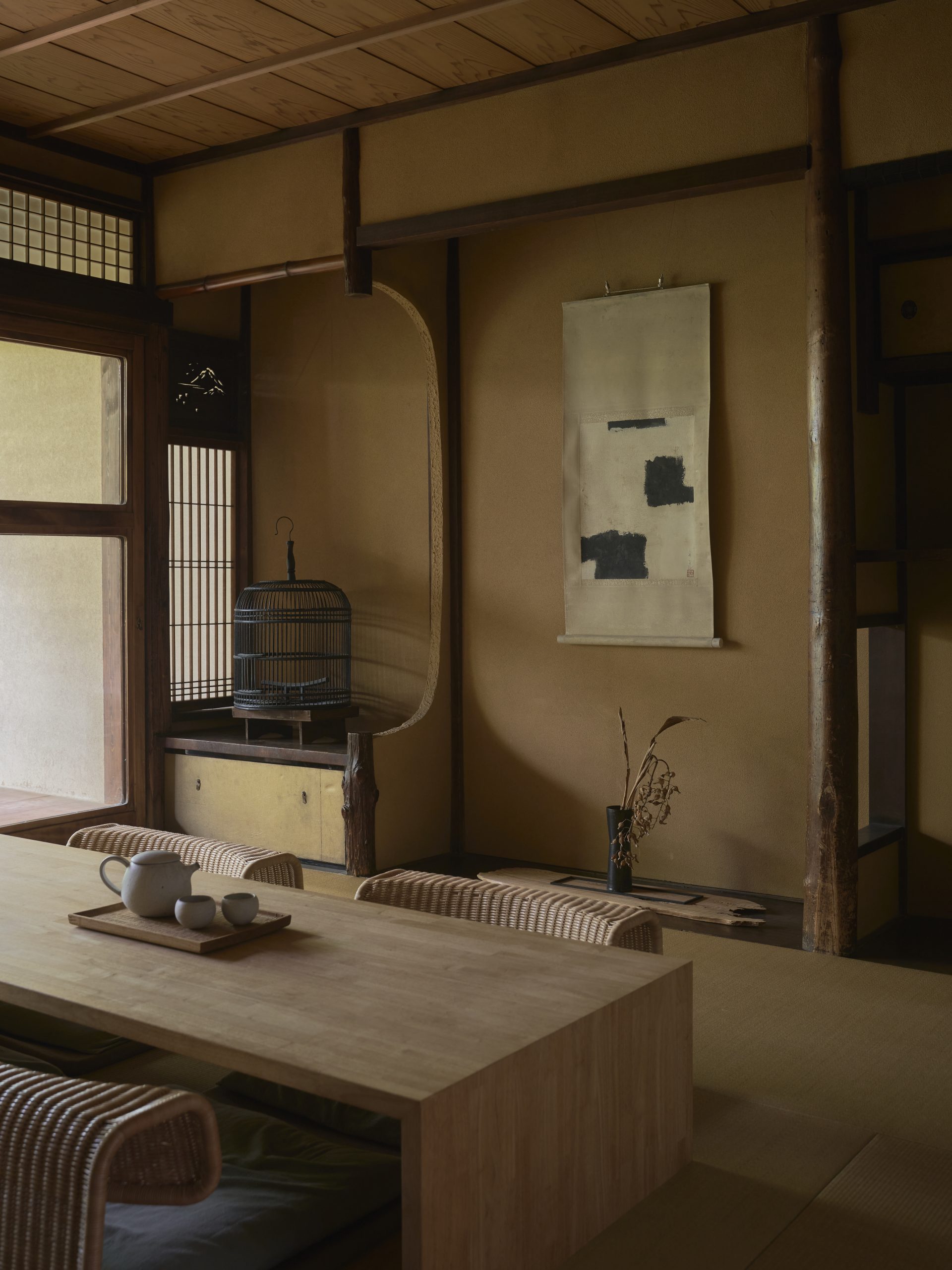
Beyond offering an authentic stay, Chang and Tsukamoto aim to provide a deeper cultural connection. “At Maana, we want travellers to leave with more than just memories,” says Tsukamoto. “We hope they take home a piece of wisdom or a meaningful practice that enriches their daily lives. To us, that’s the true luxury we aim to offer.” Through their boutique venture, POJ, the co-founders also offer custom experiences that allow guests to delve into Japanese art and craftsmanship, further enhancing the cultural journey. In preserving these machiyas, Maana has created a rare opportunity for travellers to experience Japan’s heritage firsthand. “We chose Kyoto because of its cultural tapestry – machiyas embody the values we wanted to share,” reflects Chang.
The Latest
Carving the Future of UAE Design at Downtown Design
Finasi and Pallavi Dean from Roar help shape culture, craft, and creativity all made in the UAE
Tashkeel Unveils Tanween Collection 2025: A Fusion of Heritage and Innovation
The program Emirati designers to craft sustainable, culturally rich futures
Roche Bobois Makes a Bold Debut at Downtown Design 2025
Where artistry, colour, and craftsmanship converge to redefine luxury living in the Middle East
Highlights from Feria Hábitat València
The fair received over 40,000 visitors this year, even after being shortened to a three-day event
Things to Covet
Here are some unique pieces and home accessories that can add a refined touch to your home
Dubai Design Week 2025 Unfolds: A Living Celebration of Design, Culture, and Collaboration
The 11th edition of the region’s leading design festival unfolds at Dubai Design District (d3)
Preciosa Lighting Unveils ‘Drifting Lights’ at Downtown Design 2025
The brand debuts its newest 'Signature Design' that explores light suspended in motion
IF Hub Opens in Umm Suqeim
A New Destination for Design and Collaboration in Dubai
The Language of Weave
Nodo Italia at Casamia brings poetry to life
The Art of the Outdoors
The Edra Standard Outdoor sofa redefines outdoor living through design that feels, connects and endures
The Art of Wellness
Technogym collaborates with Assouline to release a book that celebrates the brand’s 30-year contribution to the fitness industry
The Destination for Inspired Living – Modora Home
Five reasons why you need to visit the latest homegrown addition to the UAE’s interiors landscape





